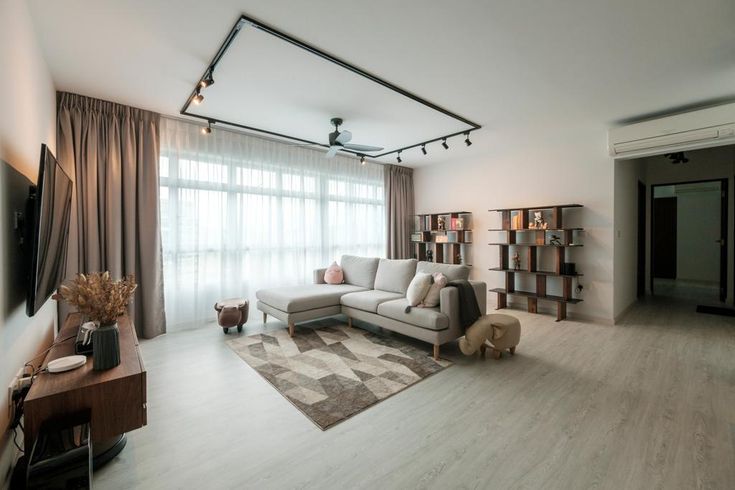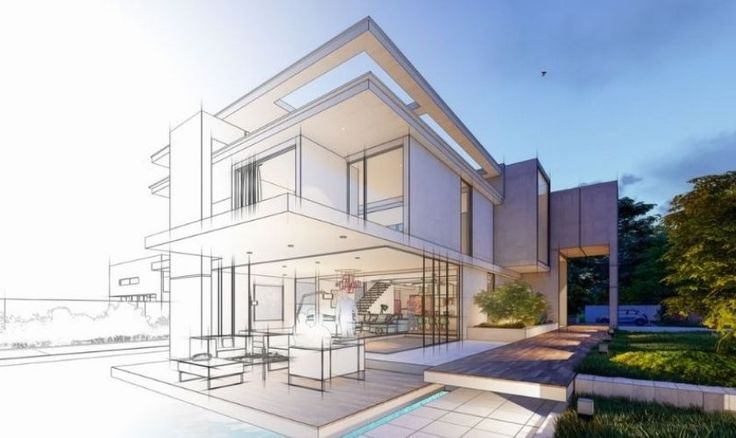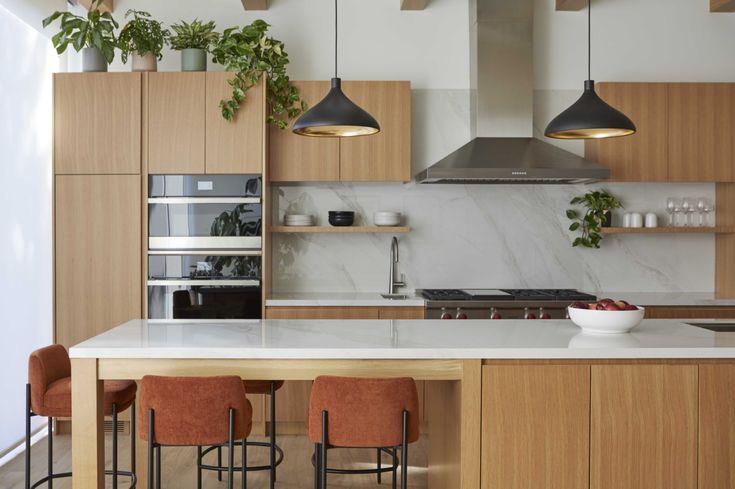How to Arrange Your Living Room Furniture Like a Pro
How to Arrange Your Living Room Furniture Like a Pro – Your living room is the heart of your home, where comfort meets style. It’s the space where family and friends gather, making its layout and furniture arrangement crucial for functionality and aesthetics. Arranging your living room furniture like a professional interior designer doesn’t have to be daunting. With thoughtful planning and a few key principles, you can create a space that is both inviting and practical.
Here’s a step-by-step guide to help you master the art of living room furniture arrangement:
1. Understand Your Space
Before diving into furniture placement, take the time to evaluate your living room. Measure the dimensions of the room, noting the placement of doors, windows, and any architectural features like fireplaces or built-in shelves. Understanding these elements is key to designing a functional layout.
Tips:
- Use a tape measure to record the exact size of the room.
- Sketch a floor plan to visualize potential layouts.
- Consider the natural flow of movement through the room.
2. Define the Purpose of the Room
Your furniture arrangement will largely depend on how you intend to use the space. Will it be a formal sitting area for entertaining guests, a cozy family hangout, or a multifunctional room that includes a workspace?
Questions to Ask Yourself:
- How many people need to be seated comfortably?
- Will the room primarily be used for watching TV, reading, or socializing?
- Do you need space for children to play or storage for toys and books?
3. Choose a Focal Point
Every great living room design starts with a focal point. This could be a fireplace, a large window with a beautiful view, a statement piece of art, or even your TV. Arranging furniture around this point helps create a sense of balance and direction.
Examples of Focal Points:
- A mantelpiece with a decorative mirror or artwork above it.
- A feature wall painted in a bold color.
- A large sectional couch paired with a coffee table.
4. Anchor the Room with a Rug
A well-chosen area rug can define your living space and anchor your furniture. Make sure the rug is appropriately sized—it should be large enough to fit under the front legs of your sofa and chairs.
Tips for Choosing a Rug:
- Match the rug’s color and pattern to your overall decor style.
- Ensure the rug complements the room’s size; avoid rugs that are too small.
- Layer rugs for added texture and visual interest.
5. Arrange Seating for Conversation
A well-arranged living room promotes conversation. Position seating pieces, such as sofas and chairs, so they face each other or are angled to encourage interaction.
Key Considerations:
- Leave enough space between seating to allow for easy movement.
- Use side tables or a coffee table within arm’s reach for convenience.
- Add accent chairs or a loveseat if additional seating is needed.
6. Balance the Room’s Proportions
A harmonious living room layout considers the scale and proportion of each furniture piece. Oversized furniture can overwhelm a small space, while too many small pieces can make a large room feel cluttered.
Tips for Balance:
- Mix large and small furniture pieces to create visual interest.
- Use tall shelves or floor lamps to add vertical elements.
- Symmetrical arrangements work well for a formal look, while asymmetrical layouts feel more casual.
7. Optimize for Traffic Flow
Ensure there’s enough space for people to move around the room comfortably. Aim for at least 24-30 inches of clearance between furniture pieces.
Traffic Flow Tips:
- Avoid placing furniture in front of doorways or narrow walkways.
- Use a console table behind a sofa to create a barrier without blocking pathways.
- Arrange furniture to guide the natural flow of movement.
8. Layer Lighting
Lighting plays a significant role in setting the mood of your living room. Layer different types of lighting to enhance functionality and create a cozy ambiance.
Lighting Options:
- Overhead fixtures for general illumination.
- Floor or table lamps for task lighting.
- Accent lights to highlight artwork or architectural features.
- Dimmers for adjustable brightness levels.
9. Incorporate Storage Solutions
A clutter-free living room is more inviting. Integrate storage solutions that blend seamlessly with your decor.
Ideas for Storage:
- Use ottomans with hidden compartments.
- Add built-in shelves or bookcases.
- Opt for a coffee table with drawers or lower shelves.
10. Personalize Your Space
Finally, make your living room uniquely yours by adding personal touches. Display family photos, travel souvenirs, or cherished artwork to create a warm and welcoming environment.
Ways to Add Personality:
- Mix and match textures, such as velvet pillows and knit throws.
- Use a variety of colors that reflect your personality.
- Incorporate greenery with potted plants or fresh flowers.
Final Thoughts
Arranging your living room furniture like a pro requires careful planning, creativity, and a focus on both form and function. By following these steps, you can transform your living room into a stylish and comfortable retreat that suits your needs and reflects your personal style.
Remember, the key to a well-designed living room is flexibility. Don’t be afraid to experiment with different layouts until you find one that works best for your space. With time and effort, you can achieve a professional look that will make your living room the envy of all who enter.
Happy decorating!






